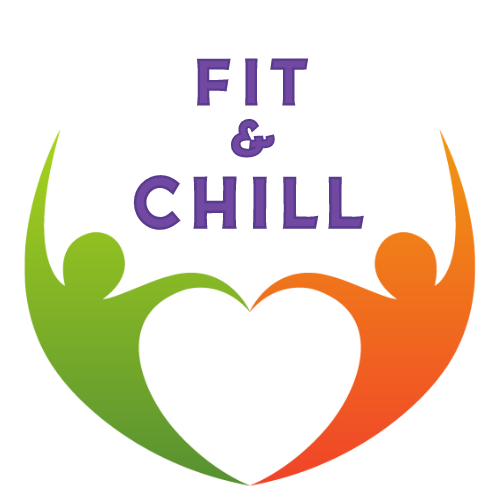Benefits of The Jumping Jacks
- Cardiovascular Endurance: “Jumping Jacks” are a high-intensity cardiovascular exercise that elevates the heart rate, improving cardiovascular health and endurance.
- Calorie Burning: Due to its high intensity and full-body engagement, “Jumping Jacks” are effective for burning calories and aiding in weight loss or weight management goals.
- Full-Body Workout: “Jumping Jacks” engage multiple muscle groups, including the legs, arms, shoulders, and core, providing a comprehensive full-body workout.
- Improved Coordination: Performing “Jumping Jacks” challenges coordination and agility, improving overall motor skills and movement efficiency.
- Bone Health: The impact of jumping in “Jumping Jacks” helps promote bone density and strengthen bones, reducing the risk of osteoporosis.
Tips for Beginners:
- Start Slow: Begin with a slower pace to focus on proper form and coordination before increasing speed or intensity.
- Land Softly: Focus on landing softly on the balls of your feet with each repetition to reduce impact on the joints and minimize noise.
- Modify as Needed: If jumping is too challenging, you can perform a modified version by stepping out to the sides instead of jumping.
- Engage Core: Keep your core muscles engaged throughout the exercise to stabilize your torso and maintain proper posture.
- Listen to Your Body: If you experience any discomfort or pain, reduce the intensity or take a break. It’s important to listen to your body and avoid overexertion.



Leave A Comment